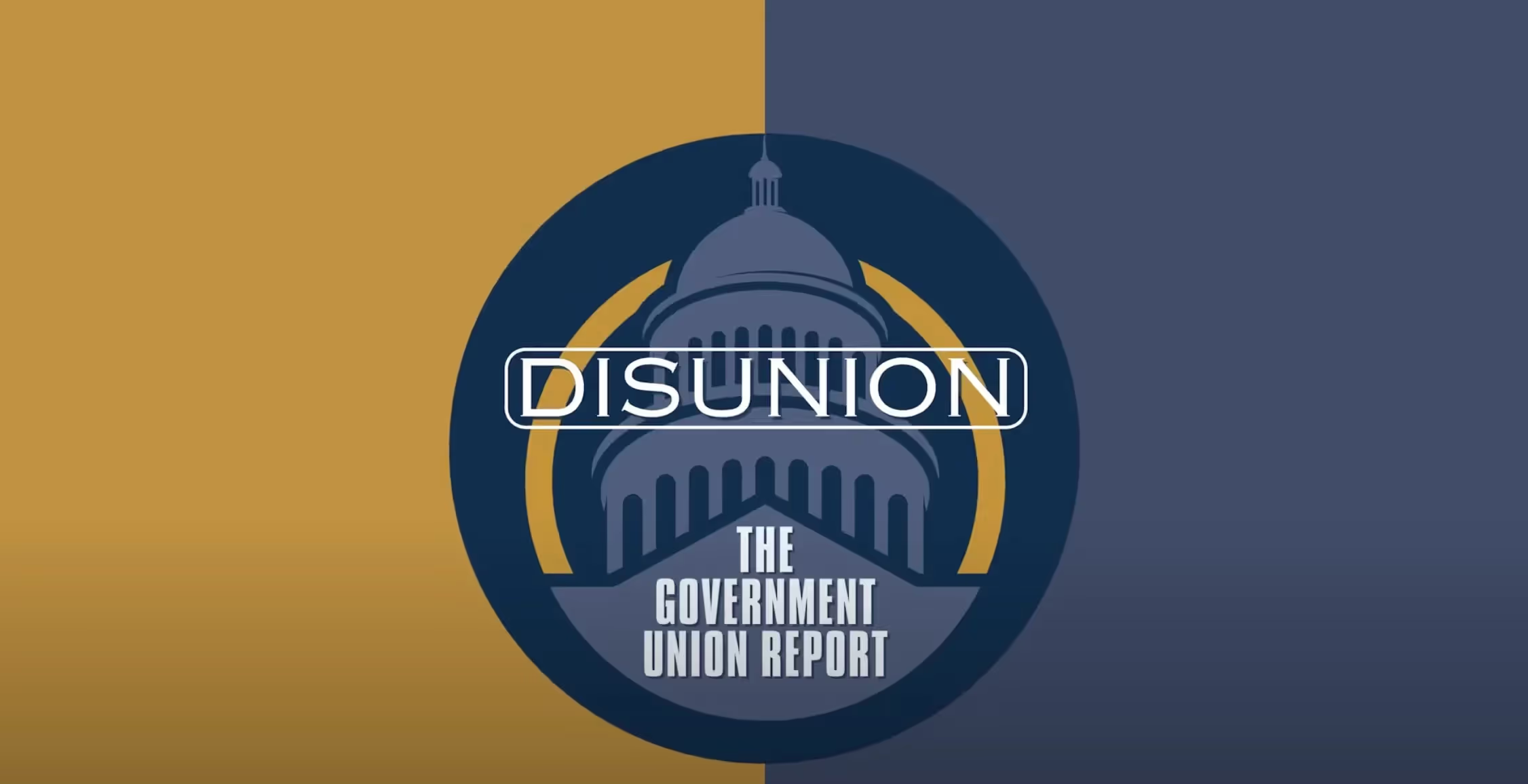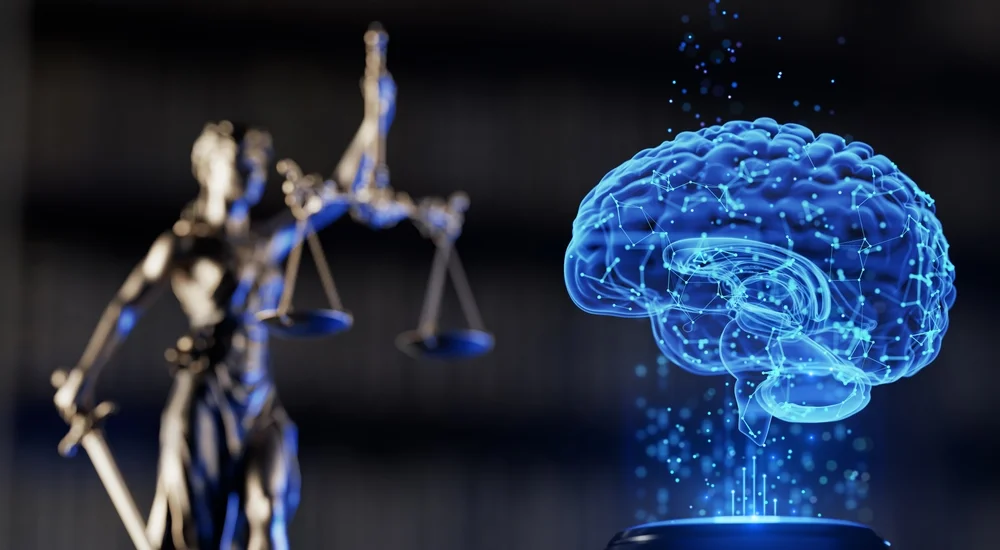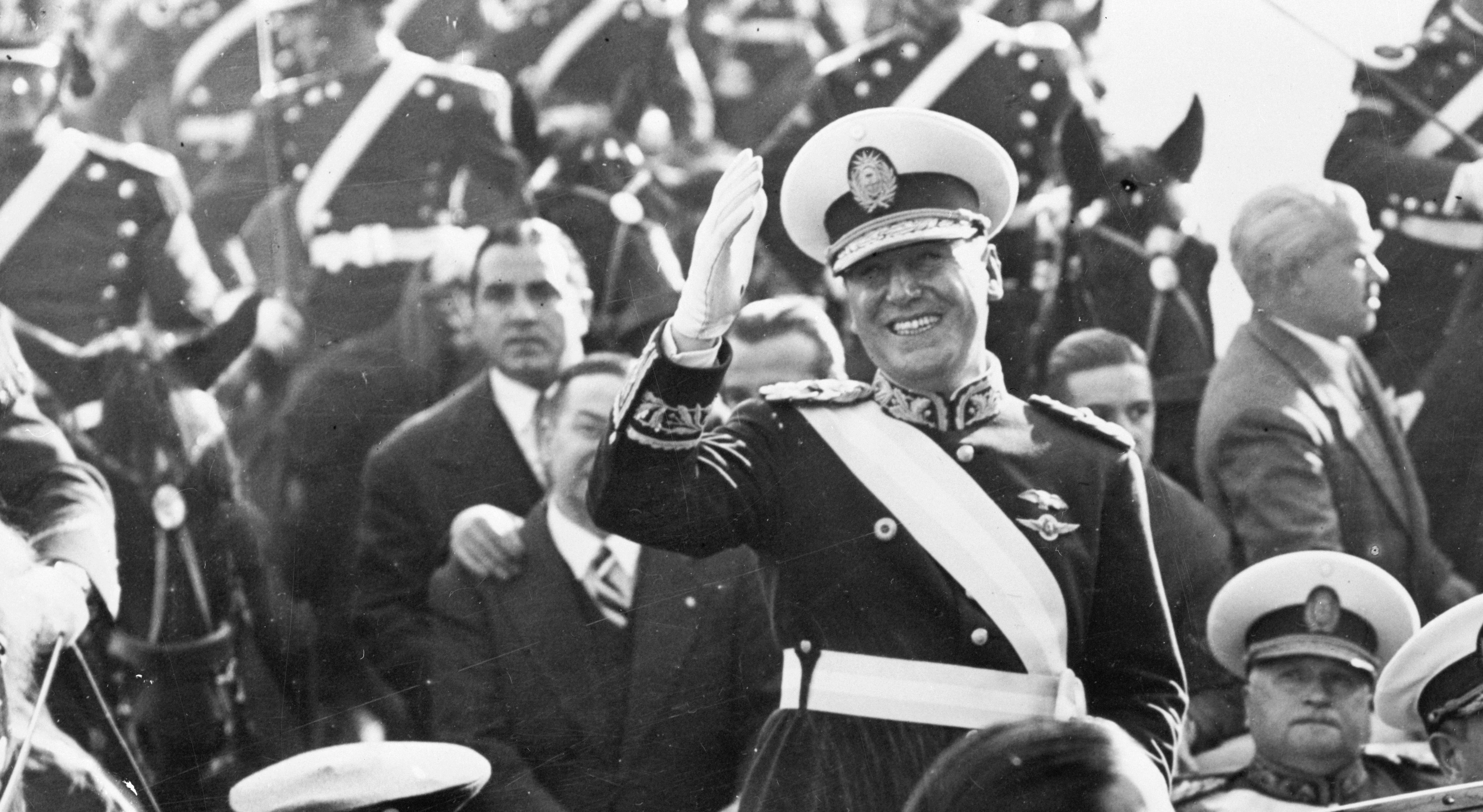
Law Can’t Answer Every Question Posed by AI
The path forward requires embracing constitutional wisdom rather than abandoning it in the face of technological uncertainty.
A default presumption that law is the best tool to resolve societal problems is among the main threats to American innovation. A rush to regulate artificial intelligence (AI) illustrates this risk. Rapid advances in AI have introduced a seemingly endless set of questions about how to preserve and advance the values we all hold dear. What is the proper role for AI in raising and educating our children? What role should AI play in how we resolve disputes? How should AI assist in the provision of physical and mental healthcare? In what ways can and should AI advance our national interests by way of economic growth and national security? These are questions that reach into values, norms, and personal choices, arenas better governed by civic deliberation than by statutory command.
There are no right answers to these questions. However, there are certainly wrong ones. Wrong answers are those that do not align with natural rights, republican values, and a federalist system. These three commitments are the foundation of the constitutional order agreed to nearly 250 years ago. Generations of Americans have strived to realize those commitments, expanding the scope of liberty. Today, Americans can pursue meaningful education, move to areas of opportunity, and join communities that reflect their values. They enjoy a wider range of choices in how to live a good life than arguably any generation before them.
The best answers to the questions raised by AI are those that expand rather than constrain liberty. Many of the answers proposed today, however, will have the opposite effect. They turn first to law without due consideration of natural rights, republican values, or federalism. Three facts about law make this reflex especially troubling.
Every law is a restraint. It is an affirmative act by the state to limit liberty. Laws restrict certain behaviors, shape markets, and solidify norms. Before the state imposes any such impediment, it must provide a clear justification. The social contract underpinning all governments, and by extension all laws, is contingent on the idea that a reduction in autonomy is worth the protections made possible by collective action. Laws enacted to appease political pressure rather than implement empirically-validated policy break that contract.
Every law forecloses alternative paths to problem-solving. With few exceptions, laws are written to be permanent. Once enacted, they crowd out experimentation by individuals and civil society. Whereas norms can shift, laws are rigid and rarely repealed. A premature legal answer does not just close one door, it locks many others.
Every law carries unintended consequences. Even statutes carefully drafted to solve a narrow problem may backfire. Enforcement can magnify risks, create new incentives, or ossify outdated approaches. With emerging technologies, this danger is magnified. Early restrictions on innovation can delay or even deny breakthroughs that would expand human flourishing.
The founders were aware of these dangers. They specified that certain freedoms and rights should be entirely beyond the reach of the state. Freedom of mind was chief among these protections. Later generations likewise built moats around individual liberties: how parents raise their children, what faith an individual chooses to practice, and what speech may be expressed in the public square. When it comes to AI—a tool we may soon speak to more than we speak to one another—the same threshold question must apply: is this even the domain of the state?
Even when the state may act, the founders conditioned its entry on the exhaustion of alternatives. They did not design a swift legislative process. They created one that, as Alexander Hamilton explained, would reduce the odds of the legislature passing “bad laws . . . through haste, inadvertence, or design.” Friction served two functions. First, it created time and space for experimentation with alternative solutions less likely to impede liberty. Norms, stigmas, education campaigns, and voluntary associations such as churches, schools, and civic groups were the first responders to social concerns. Second, when those mechanisms failed, friction forced deliberation. What some today deride as the law’s pacing problem was, in truth, a constitutional safeguard. By slowing the rush to legislate, the founders ensured that civic society and public debate would mature before law hardened answers into permanent commands.
In the current AI debate, legislators have overlooked alternative mechanisms to address harms — such as increased competition among labs that allows consumers to select models that align with their values — and have instead passed laws that may substantially interfere with core liberties. AB 1064 in California, for example, calls on labs to prioritize “factually accurate” answers to user prompts. Though this sounds reasonable in a vacuum, it’s deeply problematic to think that the state may step in to decide what private actors must regard as fact.
The federal system was another safeguard. By deliberately allocating authority, the founders maximized the possibility of self-determination. They gave the federal government authority to preserve national security and economic stability, while reserving to the states the responsibility for local matters. Just as Hamilton warned that inconsistent state rules over trade and currency would fracture the nation, so too would a patchwork of AI rules disrupt national coherence. Virginians in 1787 had no more right to dictate national policy than Delawareans; likewise, no modern state, no matter how large, has the right to dictate AI development for the rest of the country. Equal sovereignty remains a cardinal rule.
Here, again, early AI regulations may run afoul of that intentional barrier to hasty, ineffective law. Under the RAISE Act, in New York, effectively all labs developing leading AI models would have to comply with vague standards to reduce the odds of speculative harms. To permit California or New York to set de facto standards for frontier AI is to allow one state to project its values beyond its borders, thereby undermining the liberty of citizens elsewhere and repeating the failures of the Articles of Confederation.
Of course, the founders also reserved space for expedited use of law in moments of genuine crisis. Jefferson lamented Congress’s lack of vigor under the Articles to respond to “public exigencies”—wars, contagions, economic collapse. Where national security or economic stability are squarely at stake, law may be deployed quickly. However, even here, the use of law must be justified as necessary to secure the common good and must be accompanied by vigilance, lest an emergency become a pretext for permanent intrusion.
This constitutional design underscores a tragic irony. Many lament the weakening of democratic institutions such as churches, civic associations, and neighborhood organizations, yet rush to fill that void with law. In doing so, they move political discourse out of the hands of the people and into the hands of legislatures, courts, and agencies. In those forums, only a narrow set of actors have the time, money, and influence to shape outcomes. The result is not the democratization of problem-solving but its centralization. Law is not merely the wrong tool for many of our challenges; it is often the cause of new ones. Overreliance on law erodes civil society, disempowers local communities, and undermines the very liberty that the Constitution was designed to secure.
The path forward requires embracing constitutional wisdom rather than abandoning it in the face of technological uncertainty. The founders' design — encompassing deliberative processes, a federalist allocation of authority, and robust protection of individual liberty — remains as relevant to AI governance as it was to the challenges of their era. Rather than viewing constitutional constraints as obstacles to effective AI policy, policymakers should recognize these structures as essential safeguards against the very regulatory overreach that threatens both innovation and democratic governance. The Constitution's friction-by-design approach creates space for experimentation, adaptation, and civic engagement, which are essential for developing governance mechanisms that can evolve in tandem with rapidly advancing technology.
Effective AI governance will emerge not from premature legislative commands but from the dynamic interaction of market mechanisms, professional standards, civic institutions, and targeted legal intervention where genuinely necessary. Consumer choice among competing AI models, industry self-regulation through technical standards bodies, academic research communities establishing ethical guidelines, and civil society organizations fostering public education represent the first line of response to AI-related challenges. These mechanisms possess the flexibility, expertise, and responsiveness that rigid legal frameworks inherently lack. When legal intervention becomes necessary — particularly for genuine national security concerns or clear market failures — it should be narrowly tailored, empirically justified, and designed with sunset provisions that prevent temporary measures from calcifying into permanent constraints.
The stakes extend beyond AI policy to the broader question of American governance in an era of rapid technological change. Each premature regulatory response to technological innovation establishes precedent for future government intervention in emerging technologies, gradually eroding the constitutional principles that have enabled centuries of American innovation and prosperity. By rediscovering confidence in constitutional design and civil society institutions, America can maintain its position as the world's leading technological innovator while preserving the liberty and self-governance that remain the nation's greatest achievements. The choice is not between regulation and chaos, but between constitutional governance that enables flourishing and regulatory centralization that stifles both innovation and freedom.
Kevin Frazier is the AI Innovation and Law Fellow at the University of Texas School of Law and co-host of the Scaling Laws podcast.
Economic Dynamism

The Causal Effect of News on Inflation Expectations
This paper studies the response of household inflation expectations to television news coverage of inflation.
.avif)
The Rise of Inflation Targeting
This paper discusses the interactions between politics and economic ideas leading to the adoption of inflation targeting in the United States.

Ignore 'Open Letters' From Economists
Don’t be swayed by “open” letters signed by well-known and well-respected scholars, experts, professors, and businessmen.

Demystifying the New Deal
Carola Binder reviews False Dawn: The New Deal and the Promise of Recovery, 1933–1947 by George Selgin

The Miracle of Economic Growth
Frey's book reminds us that progress is not self-sustaining — it depends on political courage, institutional adaptation, and the constant defense of the sphere of liberty.

Hydrocarbons Aren’t Disappearing
Credit ratings agencies remain enamored with the energy-transition myth — risking yet another green bubble for investors.






.jpg)



.avif)




